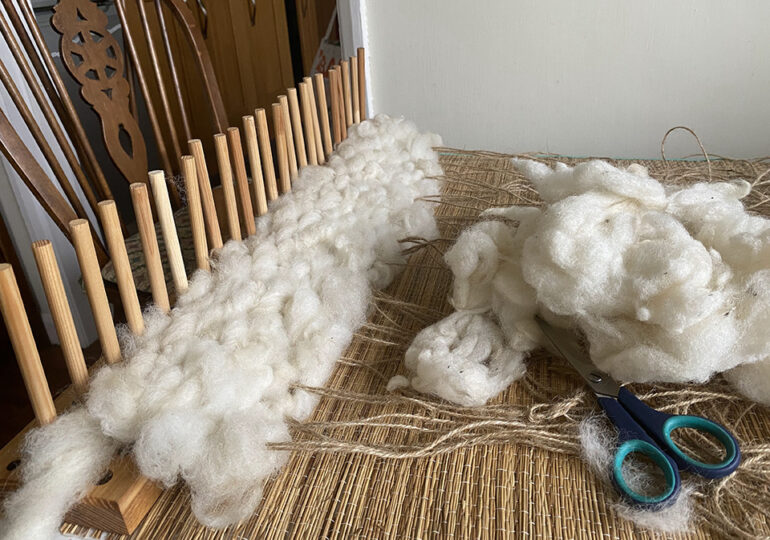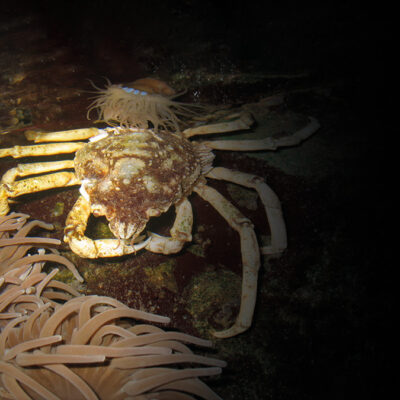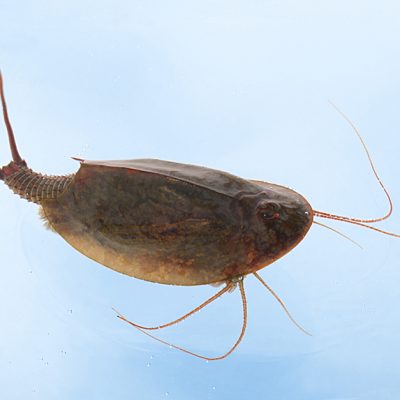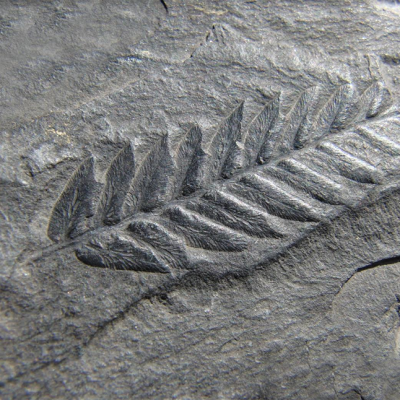The Common Piddock (Pholas Dactylus)
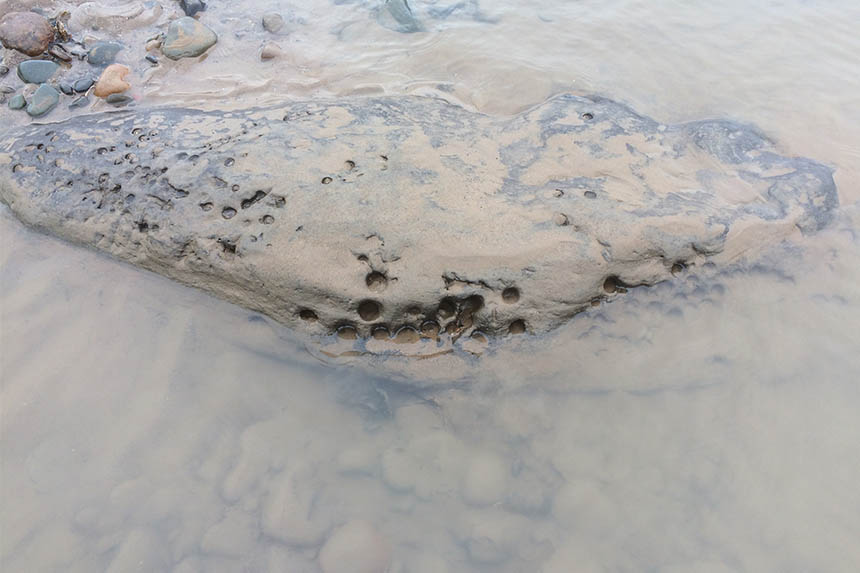
By Mark Vollers
This bivalve mollusc, a type of clam, is remarkable not only because of its lifestyle but also where it has left evidence of its presence in the Solway Firth.
nitially it’s free swimming offspring (larvae) live on rock surfaces like mussels, but they soon start to bore into the rock by making circular motions with the serrated front edges of its shell. So a safe and perfectly cylindrical home is created, being enlarged as it grows up to 15cm long during an eight year lifespan.
Not all rocks are soft enough so the Piddock will also target submerged wood, of which there is a ready supply in the Solway Firth, this being a storyin itself. With the retreat of ice sheets 7-8,000 years ago as the last ice age ended, plants moved in where the Solway Firth is today.

This piece of tree trunk recovered from the Solway shore and cleaned up shows the remarkably regular cylindrical holes left by the Piddock clam.
There were then periods of tree and peat bog colonisation until the sea level rose with the melting of the ice and submerged them. Today remnants of these trees are still sometimes visible at low tide. Many have unlikely looking circular holes up to 4 cm diameter.
These are the result of colonisation by the Piddock. Boring into wood or peat presents no problem to them at all! The Piddock, once regarded as a seafood delicacy, is a filter feeder so never leaves the security of it’s home. Furthermore, it displays bioluminescence, a dull greenish light being emitted from it’s burrow.
Share It:


